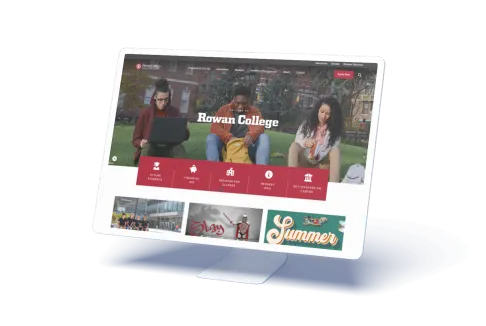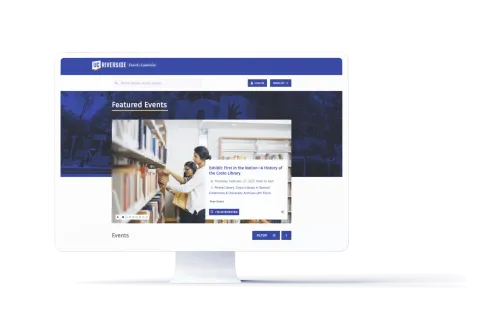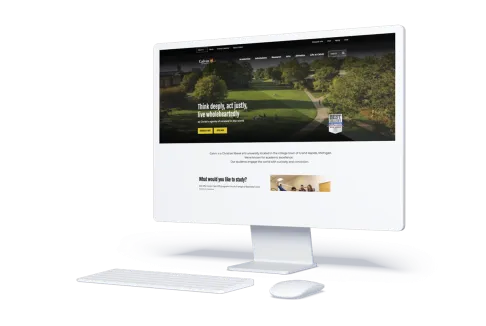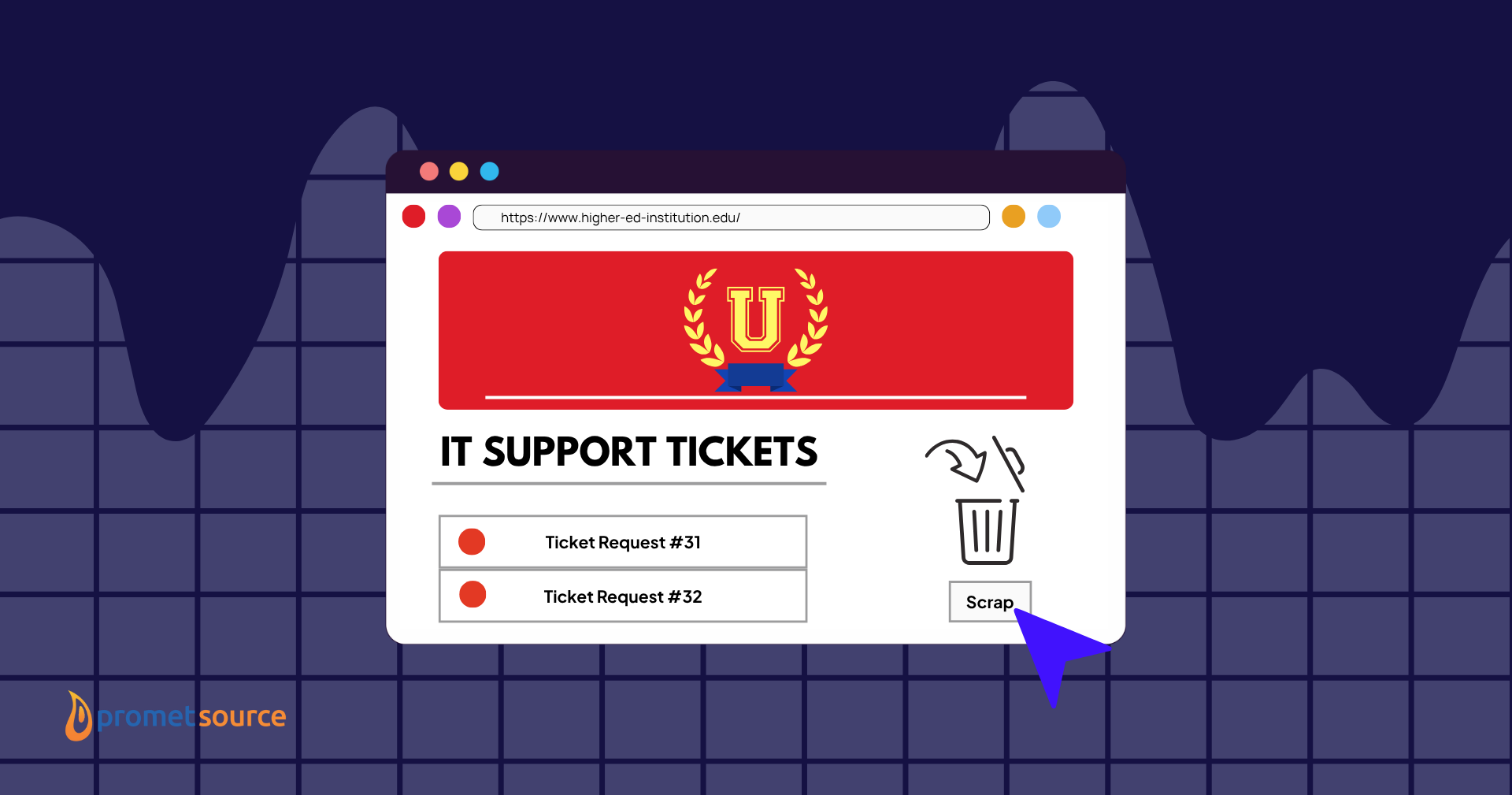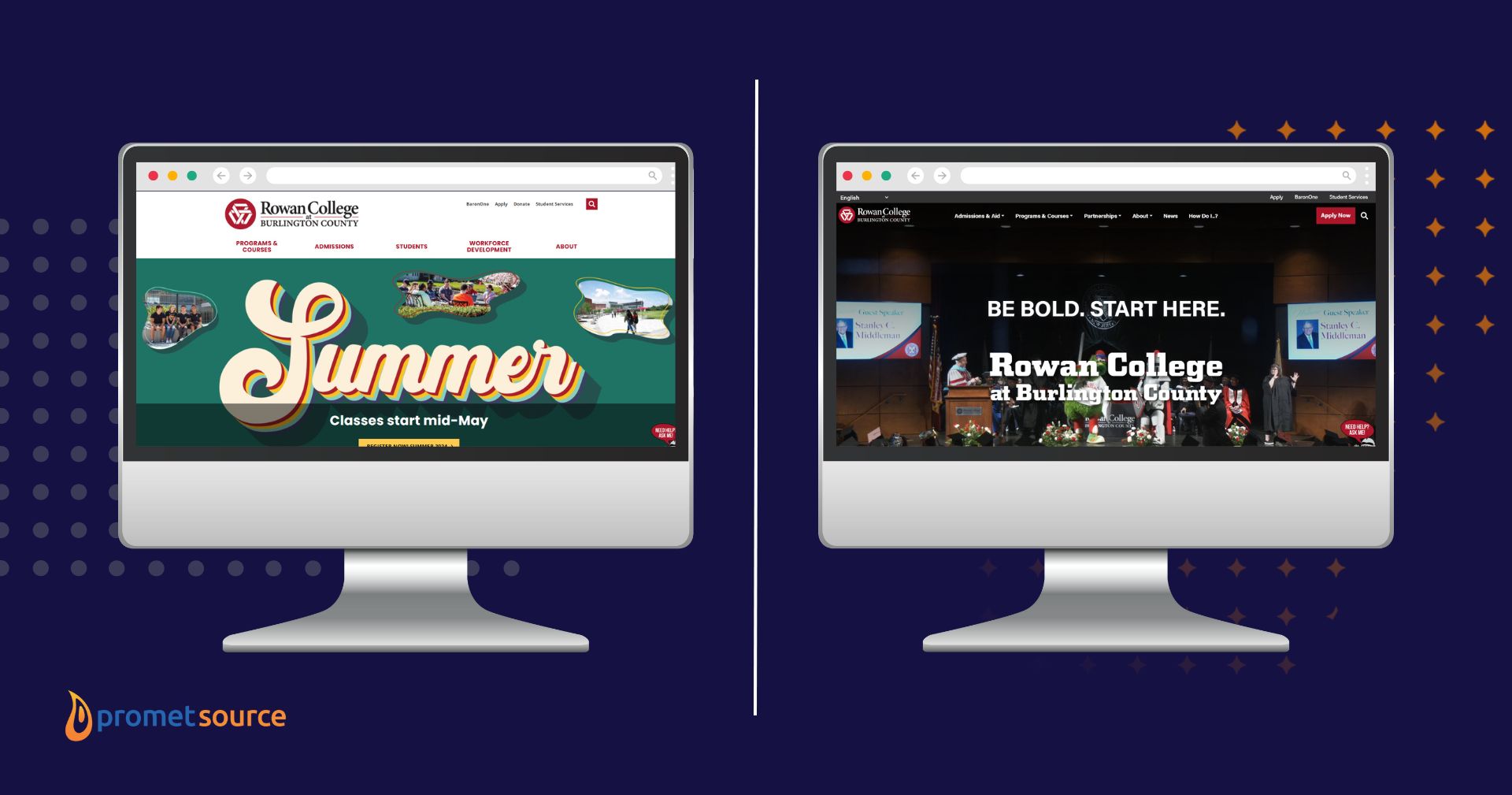Higher Education Web Design That Drives Enrollment
Is your higher ed website costing you students, donors, and sleep? We help colleges and universities turn outdated, hard-to-update sites into modern digital experiences that actually drive enrollment—combining proven UI/UX strategy with the speed and flexibility of Drupal through Provus®Edu. Whether you need a full redesign, a scalable CMS, or just freedom from IT bottlenecks, we’ll help you launch a site that works for every department, on any device, and every day.
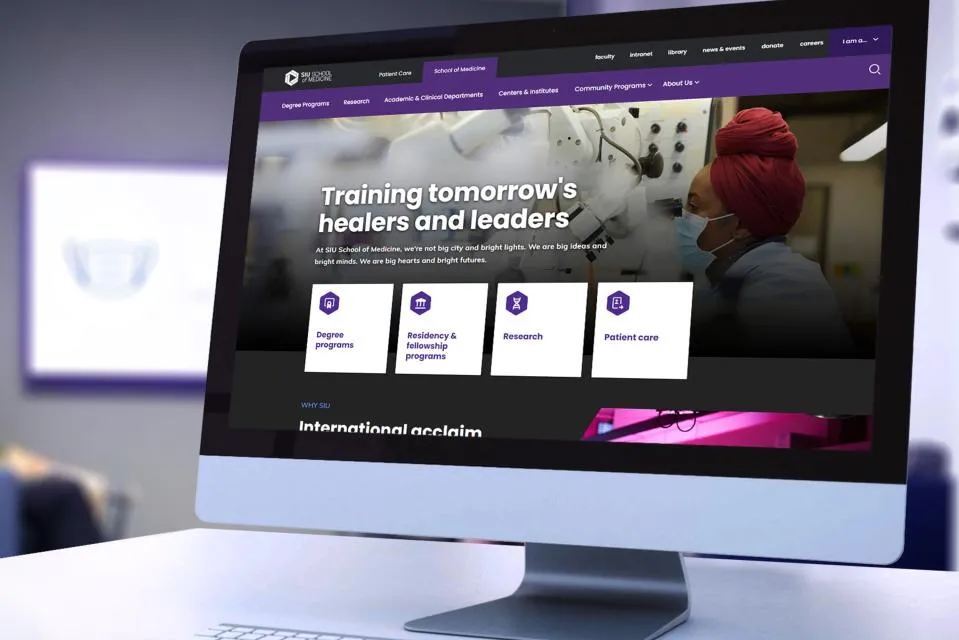
This redesign is more than just a website update; it’s a strategic leap forward. Partnering with Promet, we conducted user testing, improved accessibility, increased efficiency, and ensured we created an experience that truly delights.
Are These Problems Holding Back Your Website—and Your Enrollment?
When the website design for higher education is hard to navigate, slow to update, or burdened with inconsistent branding, you’re not just fighting technical battles—you’re losing students and donors to institutions with a more polished, accessible digital presence.
If your team is burned out, your faculty frustrated, and your leadership demanding answers, it’s not your fault.
The right higher education website design can change everything, transforming digital chaos into clarity and missed opportunities into real engagement.
Frustrated Students Don’t Apply—Or Give
Prospective students and families expect instant answers—on any device, at any hour.
If your site hides degree info, buries application links, or makes giving complicated, they’ll simply click away. Modern higher ed web design puts users first: clear calls to action, intuitive navigation, and engaging stories that turn casual browsers into applicants, enrollees, and lifelong supporters.
When your website works, you don’t just look better—you convert more.
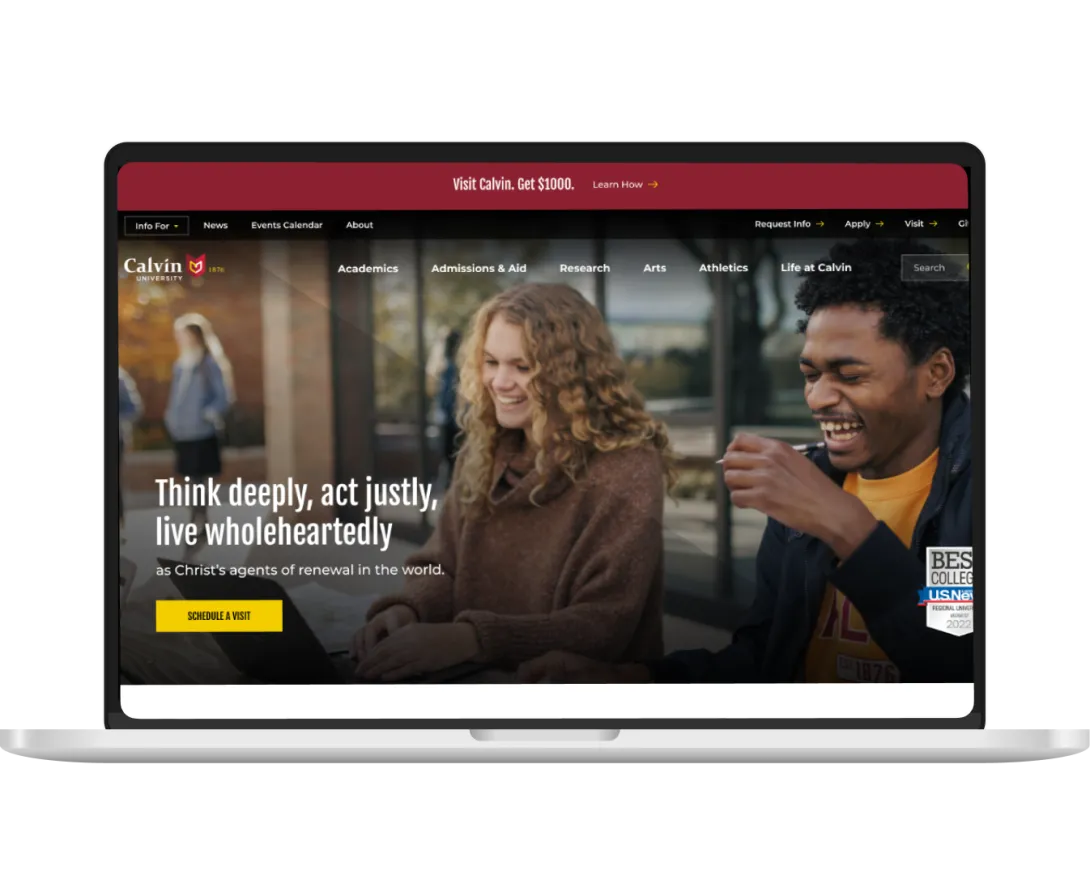
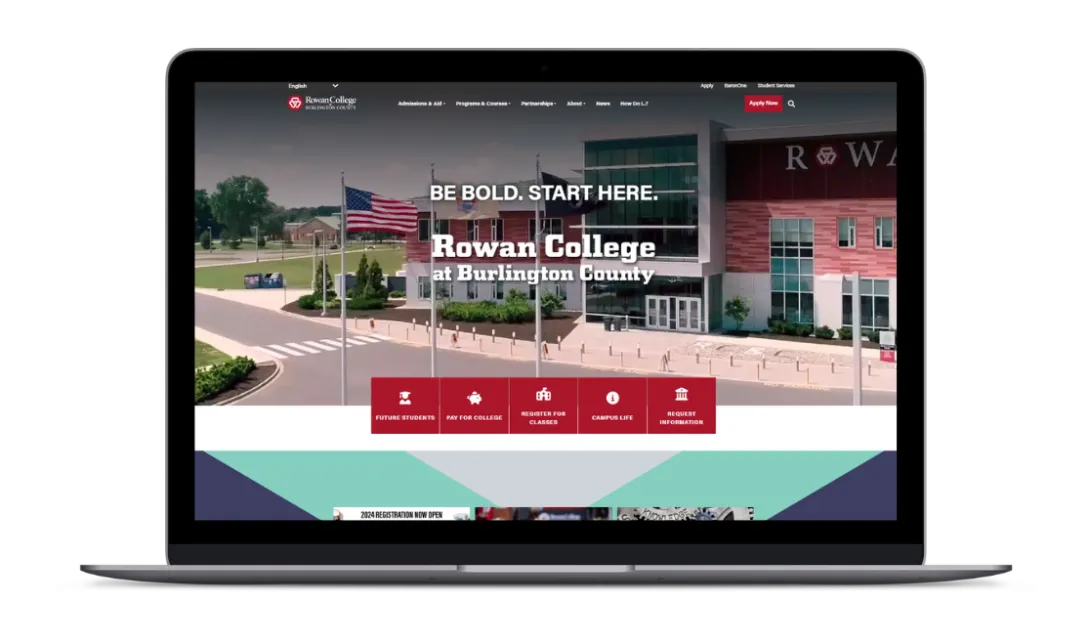
Website Updates Shouldn’t Take an Act of Congress
For too many colleges and universities, even small content changes become bottlenecks, stalling at the IT help desk or lost in endless email chains. Editors feel powerless, departments go off-script, and the most important updates lag behind the semester.
As a website development agency for higher education, we design systems that let admissions, marketing, and faculty update their own content—quickly and safely—without risking the brand or calling IT for every “just one thing.”
Your experts own their pages, and your team gets back the time and focus to move campus goals forward.
Partnering with Promet Source and Pantheon allowed us to transform our digital experience to better serve our students and community. The new website is mobile-friendly and accessible. This project was a crucial step in aligning our digital presence with RCBC’s mission to enhance engagement and support student success.
End the Brand Chaos—Unify Your Digital Campus
Rogue microsites, outdated department pages, and mismatched messaging make even the best institutions look disorganized. When your brand is diluted, so is your impact.
Our higher education website development solutions help you create a unified, scalable design system that empowers each department to contribute—while keeping every page on-message and on-brand. The result? A digital campus that feels as cohesive and professional as your real one, inspiring pride across every audience.
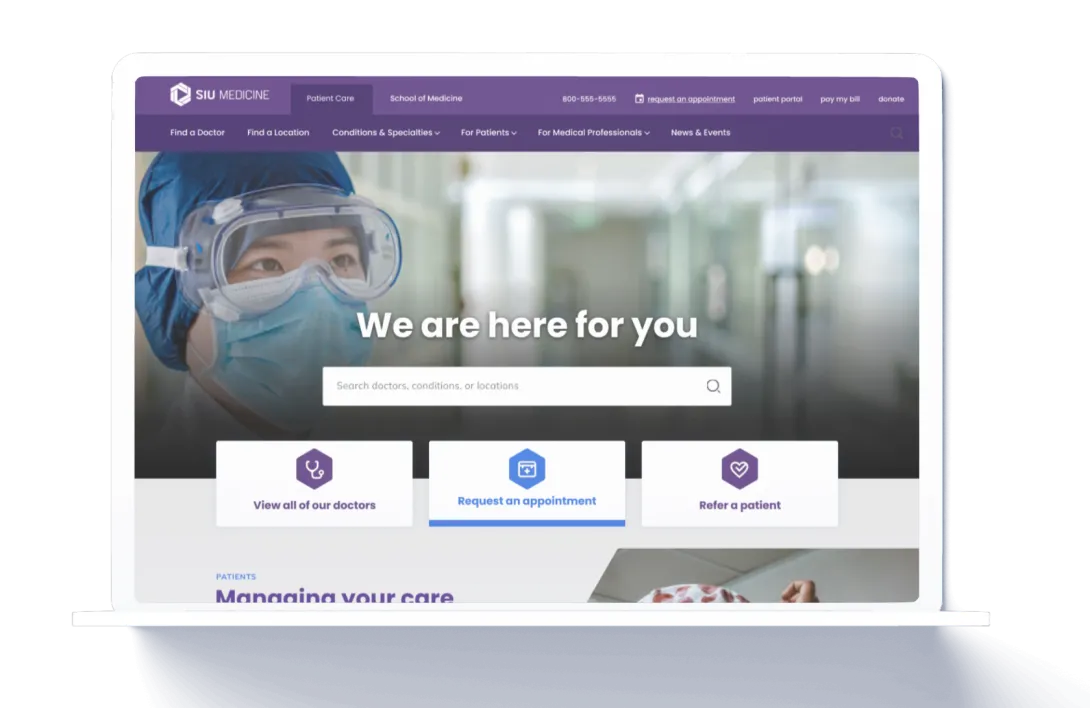
See the Difference for Yourself
















